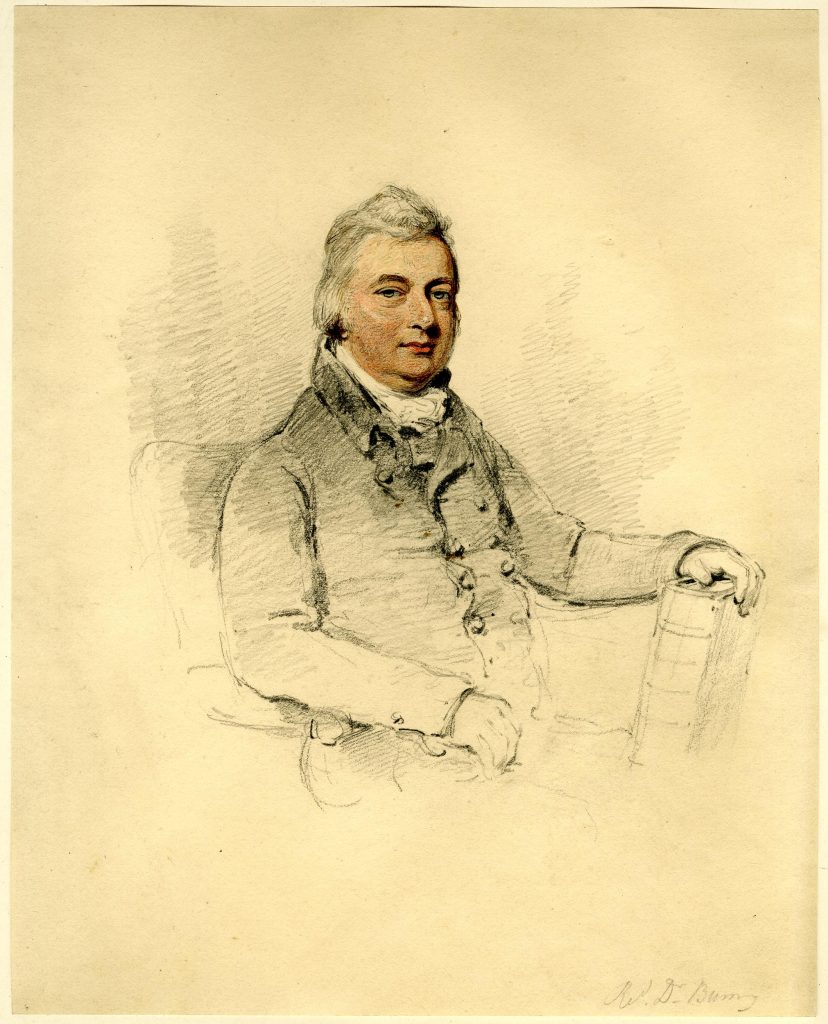‘Collecting Charles Burney: A Catalogue of Correspondence’
‘Collecting Charles Burney’ is a six-month research project based at the University of York, which runs from February 1 2022 until July 29 2022. It is funded by the University of York and the UK and North American branches of the Burney Society. It aims to compile a comprehensive catalogue of all known extant correspondence (c.2000 items) written from or to the Rev. Charles Burney (1757-1817). It also aims to record certain information about the correspondence that will enable, in due course, the preparation of a full edition for publication.
Charles Burney Jr (as he is better known to many Burney enthusiasts) was the second son of Dr Charles Burney and the younger brother of Frances Burney. But he is also worthy of attention in his own right: he was famous, in his day, as a classicist, critic, educator, clergyman and thief. He was one of the most notorious book collectors of the Romantic period and his unique collection of newspapers, theatrical materials, books and manuscripts is one of the most important archives held by the British Library. Even leaving aside his family, he corresponded with an extraordinary range of figures: artists (e.g. Thomas Lawrence, Joseph Nollekens), writers (e.g. James Boswell, William Godwin, Elizabeth Inchbald), royalty and politicians (eg. Prince of Wales, William Wilberforce) and scientists and philosophers (e.g. Joseph Banks, Richard Lovell Edgeworth). Almost all his letters are unpublished, and many of them have never even been catalogued.
The best way to find out more about this exciting project will be to attend the Burney Society Conference in June 2022, where Principal Investigator Dr Sophie Coulombeau and Research Associate Dr Daniel Waterfield hope to deliver a paper describing their progress so far. In the meantime, please contact Sophie Coulombeau for more information (sophie.coulombeau@york.ac.uk)
Caption for image: Portrait of Charles Burney DD, graphite touched with watercolour, drawn by Henry Edridge. Image provided courtesy of the British Museum.
